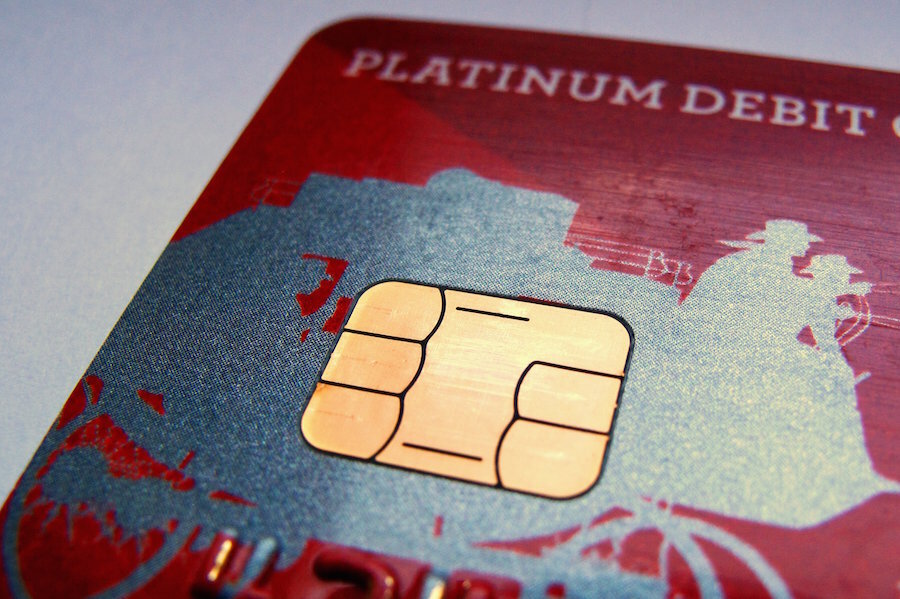Five reasons to give your kid a credit card
Loading...
Credit cards offer flexibility, valuable rewards and better security than cash. But they can also get unwary users into a lot of trouble.
So when it comes time to give your kids access to a credit card, it’s important that you teach them how to use it responsibly. This can help them understand both the benefits and the dangers.
The age at which it’s best to give a child a card will depend on the child’s understanding of credit and also his or her maturity, says Nan Morrison, chief executive officer of theCouncil for Economic Education in New York.
A credit card in teenage hands doesn’t necessarily have to be a bad thing — as long as you give your kids the knowledge and supervision they need to use credit wisely.
1. Providing financial training wheels
“The best way to prepare kids for things is to start to instill good habits when they’re young,” Morrison says. That includes credit cards. Helping children learn to budget, manage credit and keep their spending within their means can give them the financial literacy skills they need to become independent money managers.
2. Tracking spending with online tools
Credit card transactions are easier to track than cash, both for the parent and for the young shopper. Morrison recommends teaching kids to use the online tools offered by the credit card issuer, so they can see how their spending fits into different categories.
3. Building a credit history
Your children will eventually need to qualify for credit cards on their own. Adding them as authorized users on one of your credit card accounts can help them build a credit historywhile they’re still in their teens, which can ease the way when it’s time for them to apply for their own cards.
4. Preparing for emergencies
When Frances Key Phillips, a writer in Weston, Connecticut, was preparing to send her daughter, Berry, to visit a friend in Colorado by herself, she wanted to make sure Berry had a credit card for emergencies. The card also came in handy again when Phillips took Berry on a mother-daughter trip to Europe.
“I got her a chip card in case we got separated,” Phillips says, referring to the EMV chip cards that are more prevalent in Europe than in the U.S.
5. Shopping online independently
“The reality is that we live in a world of electronic transactions,” Morrison says. “Sooner rather than later, a young person is going to want and actually need access to a vehicle to make some kind of online payment.”
Phillips, who hates to shop, couldn’t agree more. She now gives Berry, 16, and her younger sister Lilly, 14, a budget to buy their own clothes online. Both girls did their own back-to-school shopping online, after clearing their proposed purchases with their mom.
And how did they do? One of them bought three pairs of jeans, and the other bought five shirts. Fortunately, they do share clothes.
Virginia C. McGuire is a staff writer at NerdWallet, a personal finance website. Email:virginia@nerdwallet.com.







